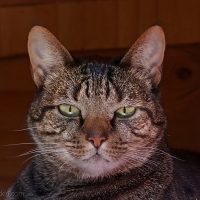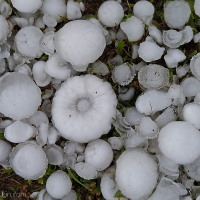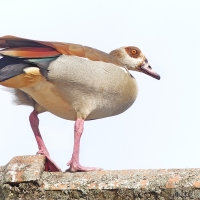Birds that are common in suburban gardens bring life and liveliness that we sometimes take for granted. This is the first in a series of posts on favourite birds: familiarity breeds respect!
Dark-capped Bulbuls are a chattering and cheerful presence not only in suburbia but in wild places too. Fairly tame in gardens, they are usually seen in pairs and also in small family groups.
They were formally called the Blackeyed Bulbul, and in South Africa they occur mostly in the eastern regions. Colloquially they are known as Toppies, presumably because of the slight crest on the top of the head. The black eye distinguishes this bulbul from the Cape Bulbul with a white eye ring, and the Redeyed Bulbul with a red eye ring. The Cape Bulbul does indeed occur in parts of the south western Cape, and the Redeyed Bulbul occurs in the drier areas, such as the Karoo and up into Botswana and Nambia. The three are most noticeably distinguished by the different colours round the eye, but all three have yellow undertails.
The Dark-capped Bulbul’s food includes fruit, flowers, nectar, insects, spiders and caterpillars. In our suburban garden they are frequent visitors to our bird baths.

According to Roberts (Multimedia PC Edition) the oldest recorded wild bird was 12 years old, and a captive bird lived 26 years and 5 months. Dark-capped Bulbuls are monogamous and when roosting at night, a pair perches pressed together with their heads tucked under their wings.
The male vigorously protects the pair’s territory and nesting area. The female builds the nest, with the male remaining nearby calling to notify others of their territory. He feeds the female when she is incubating the eggs and also when she is brooding the newly hatched chicks. Both parents feed the growing chicks.
The Dark-capped Bulbul, provides an example of a bird species that uses different “song dialects” across the regions in which they occur. The repeated phrases of song used by male bulbuls are highly variable. Interestingly, as noted in Roberts, individuals have a repertoire of 2 to 9 phrases shared by up to 25 males and local neighbours have similar repertoires, but birds more than 3 kilometres away share no phrases. Apart from anything else localised dialects are evidence that certain aspects of birdsong are learnt and are not “hard-wired”.
My ear is not attuned enough to detect different dialects. There is enough commonality to their calls for a Toppie to sound like a Toppie, at least to human ears, across all neighbourhoods.

Toppies are bold and engaging presences in suburban gardens (and in wilder places too). Like many common birds, we tend to forget to appreciate them, but without them, our world would be very much diminished.
I remember as a child reading, albeit rather reluctantly, an abridged story version of the play by Maurice Maeterlinck, called The Blue Bird. From what I remember, two children go on a quest for the blue bird of happiness, but when they finally get back home, they find that the elusive bird they had sought had in fact been at their home all along. No doubt the metaphors in the story are multi-layered, but at least for starters, it’s enough to be reminded that happiness can be found at home and the seemingly ordinary is in fact very special and is not be taken for granted.★
For more on bird dialects see this short essay vocal dialects at Stanford Birds website from Stanford University.
Reference: Roberts VII Multimedia PC Edition. 1997-2016 Southern African Birding. For details go to http://www.sabirding.co.za/roberts7/portal.html
Posted by Carol at letting nature back in








March 3, 2018 at 8:26 pm
I’m looking after a baby Toppie. We adopted him three weeks ago when we found him tiny, week and alone in the garden.
He progressed from eating watery pronutro to gobbling down raw mince, soft fruit, earth worms and softened cat food. I hope to be able to release him back into the wild when he has his adult feathers and doesn’t need our help finding food.
Thank you for the informative article.
Do you think rehabilitation is possible?
LikeLiked by 1 person
March 4, 2018 at 9:39 am
Well done on the progress you have made so far with this little bird. I am not knowledgeable about rehabbing baby birds, but I do know that imprinting can be a potential problem. I suggest that you contact the Johannesburg Wildlife Veterinary Hospital for advice on the best way to work towards releasing your precious little Toppie when he is old enough. Contact them at email jhbsmallwildlife@gmail.com or phone +27 71 248 1514. Their website is at http://www.johannesburgwildlifevet.com/
Good luck!
LikeLiked by 1 person
March 4, 2018 at 6:15 pm
Thank you 🙂
I will give them a call.
LikeLiked by 1 person
March 6, 2018 at 2:59 pm
I hope they are helpful and best of luck with your little toppie.
LikeLike
October 19, 2016 at 4:31 pm
These are wonderful photographs!
LikeLike